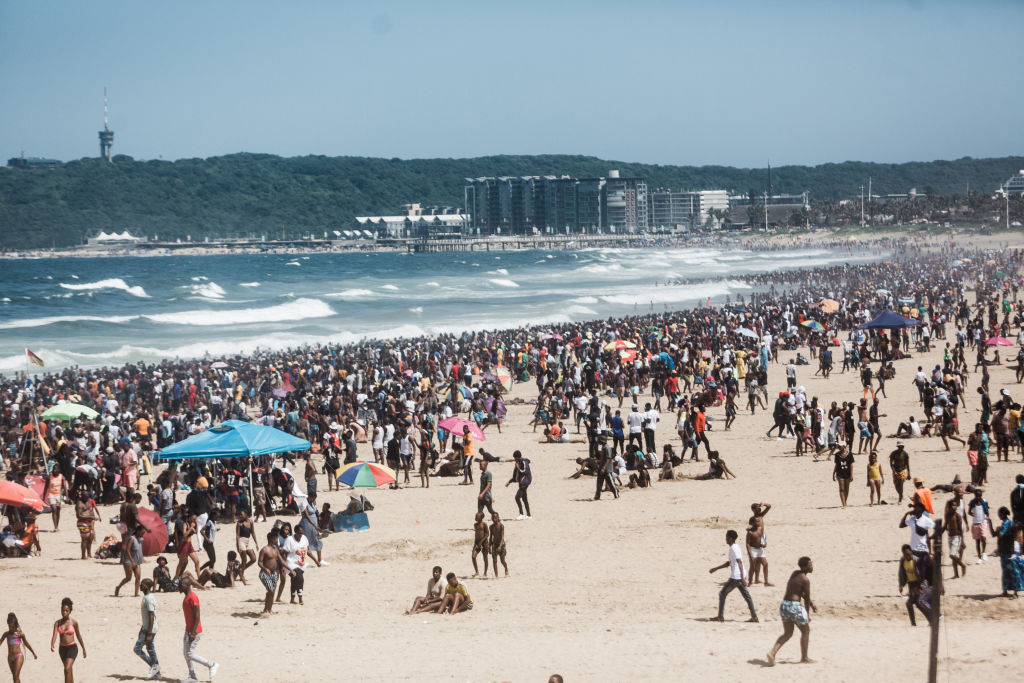ADF STAFF
South Africa’s wave of infections from the COVID-19 omicron strain passed quicker than previous waves, without a dramatic rise in deaths, the government announced in late December.
Scientists say that could be welcome news to other areas battling the variant, which is highly transmissible but does not attack the lungs as aggressively as previous strains. However, omicron has also spawned dozens of mutations and experts are warning people to remain vigilant.
The variant was first detected in Botswana in November and has since spread to at least 22 African nations.
“The speed with which the omicron-driven fourth wave rose, peaked and then declined has been staggering,” Fareed Abdullah of the South African Medical Research Council said in a New York Times report. “Peak in four weeks and precipitous decline in another two. This Omicron wave is over in the city of Tshwane. It was a flash flood more than a wave.”
Dr. Angelique Coetzee, one of the first doctors to treat patients with omicron in South Africa, reported that most omicron patients suffered less severe symptoms, such as fatigue, night sweats and muscle pain.
“I’ve treated personally over 600 delta variants, so I’m quite familiar with the clinical symptoms and the disease progression with delta,” Coetzee told CNN. “Immediately, this was not the same.”
She added that omicron may accelerate COVID-19’s classification from the pandemic stage to the endemic stage as people develop natural immunity by contracting omicron without knowing they had it.
A pandemic is an epidemic that spreads to several countries or continents and typically sickens large numbers of people, according to the U.S. Centers for Disease Control and Prevention. An endemic disease is one that is consistently present in a specific region.
Alan Winde, premier for the Western Cape, said during a digital conference in early January that health officials expected a “consistent decline” in omicron cases in the coming weeks.
“While the number of cases and test positivity rate exceeded the second and third wave peak, respectively, hospitalizations were lower and deaths remained notably low,” Winde said in a report by South African news website Independent Online.
He added that the province’s health system maintained adequate response capacity throughout the fourth wave, and none of its field hospitals had to reopen.
In response to the fourth wave passing, South Africa’s government lifted its nationwide curfew, increased the number of people allowed to gather to 1,000 indoors and 2,000 outdoors, and allowed alcohol-serving establishments to stay open past 11 p.m., if they are properly licensed. People are still required to wear masks in public.
“While the omicron variant is highly transmissible, there have been lower rates of hospitalization than in previous waves,” South Africa’s Department of Health said in a statement. “This means that the country has a spare capacity for admission of patients even for routine health services. There is a marginal increase in the number of deaths in all the provinces.”

